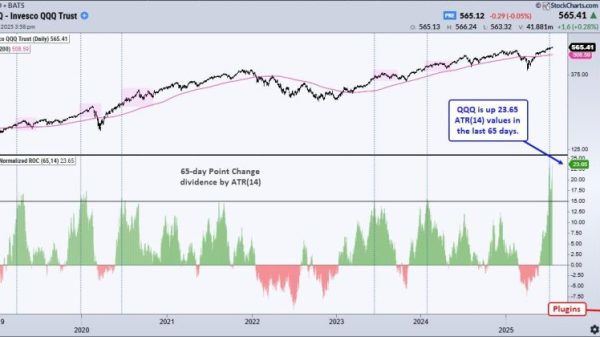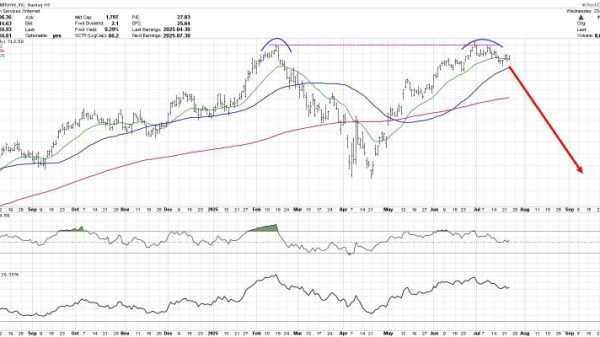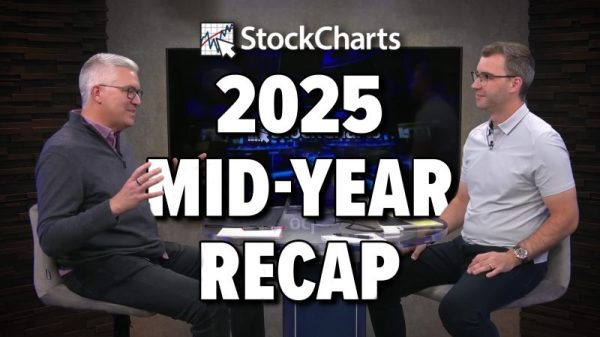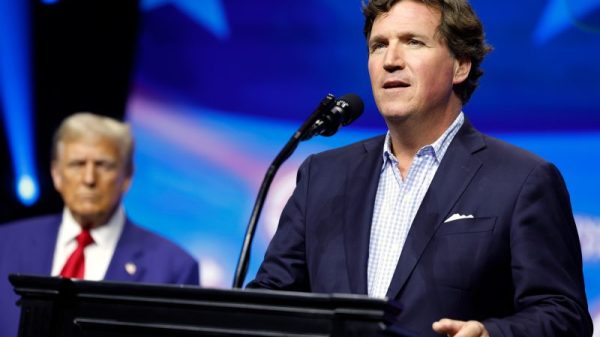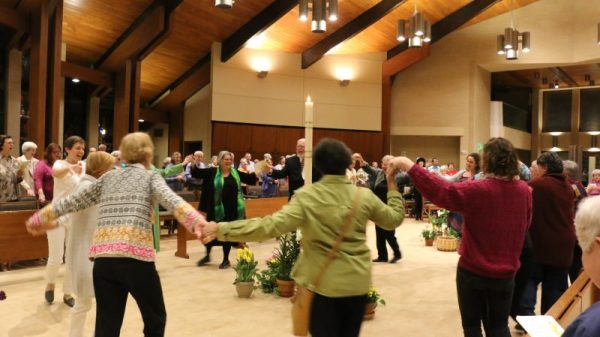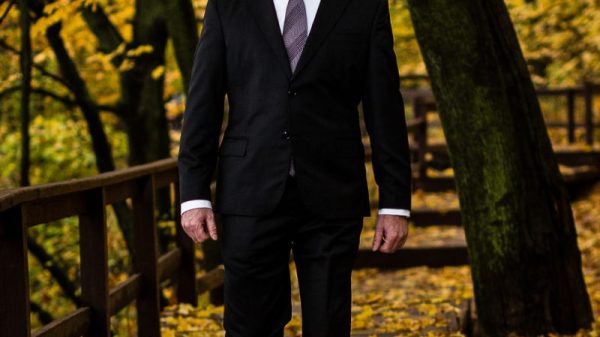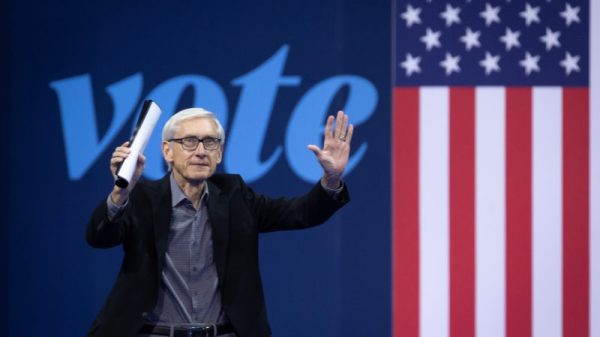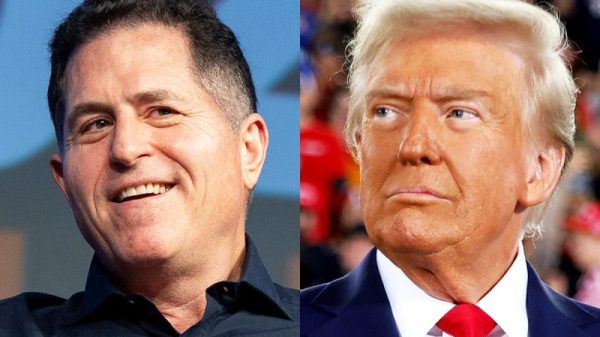In a 2020 podcast interview with Thiel Capital’s Eric Weinstein, Sen. JD Vance (R-Ohio) — now Donald Trump’s running mate — agreed with the host that raising kids is “the whole purpose of the postmenopausal female.”
The comment is cringeworthy for multiple reasons, from Weinstein’s use of “female” to the idea that particular groups of people have “purposes” they are meant to fulfill. For Vance, it’s particularly unhelpful given the focus on his past disparagements of women since being named as Trump’s running mate.
That audio clip landed as attention was being paid to the role of older Americans in another context. A report from Axios exploring how Vice President Kamala Harris intended to appeal to voters included an assessment from Harris’s former communications director.
Harris, Ashley Etienne said, was the first politician she’d heard talk about the “sandwich generation” — Americans who are caring both for their kids and their own parents. Harris “has the ability to see people who’ve been lost by the system,” Etienne argued.
It is not new that there are Americans who have both elderly parents and young children any more than it is new that there are older people (men and women) who care for their own grandchildren. What’s new at the moment is the scale at which these situations are arising — because we’re at the tail end of one of the most significant demographic shifts in American history.
From 1946 to 1964, more than 70 million babies were born in the United States — into a country that in 1945 had 140 million residents. This was the baby boom, and it’s a central reason that America now has more older residents than at any prior point in its history. People born during the baby boom (including Trump at the front end and Harris at the back end) will, by the end of the year, be between the ages of 60 and 78. Combined with lower relative birth rates for younger generations, America’s population has shifted steadily older over time.
Specifically, the ratio of old to young Americans has narrowed. A century ago, there were eight U.S. residents under the age of 18 for every resident over the age of 65. In 2020, the ratio was closer to 1 to 1.
You can see how that shift has unfolded across the United States in just the last 40 years. Some states (like Utah) have more young people. Other states (like New Hampshire) have more old residents. But the pattern is consistent.
Point being that there are now more older Americans who can keep an eye on their grandkids. And there are more older Americans who might need help taking care of themselves or their households.
That 1 to 1 ratio is misleading, mind you; there are significant differences in age distribution by race. Partly because the baby boom occurred at a time of low immigration, baby boomers are disproportionately White. As such, there are 0.8 White U.S. residents under the age of 18 for every White American aged 65 or over. Among Hispanics, there are 3.6 people under 18 for everyone 65 and over.
You can see how this affects the sorts of relationships Harris and Vance are describing. Most families — though neither Harris’s nor Vance’s! — are generally racially homogeneous, so White families and Hispanic families have different frequencies at which the varying roles of older members manifest.
In 2022, Pew Research Center explored the composition of the “sandwich generation.” It found that more than half of Americans in their 40s had a child for whom they were caring and at least one living parent. About a third of those in their 50s did, part of about a quarter of the entire adult population of the United States.
It’s probably worth noting that those “sandwiched” adults reported slightly more personal satisfaction with their lives than other respondents.
Demographers, of course, saw all of this coming. As members of the baby boom generation began turning 65, the ratio of senior citizens to working-age adults — those who pay into support systems both through taxes and personally — started to climb. How quickly it climbed depended on a number of factors, as this graph from my 2023 book indicates, including the rate of immigration.
What demographers told me as I was researching the subject was that the shift in America’s age distribution would lead to precisely the sorts of issues discussed by Harris and Vance.
The question that follows is how each campaign plans to address this new pattern. Step one, though, is recognizing it.

